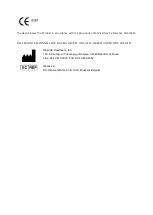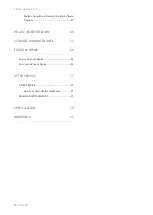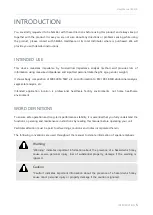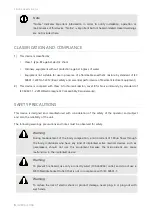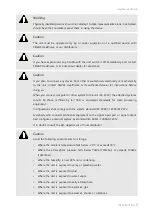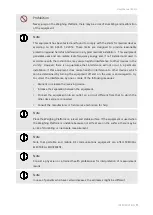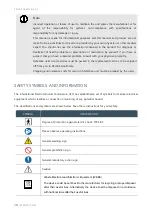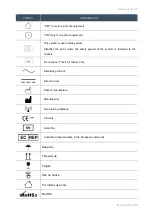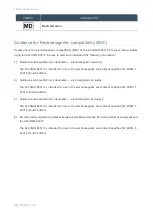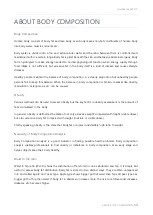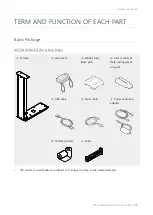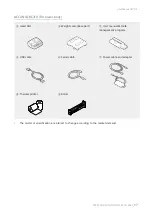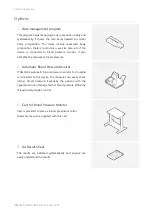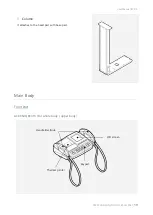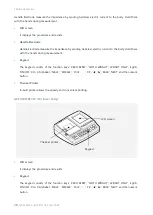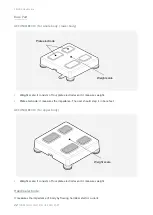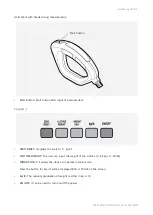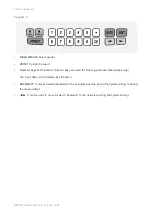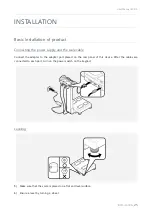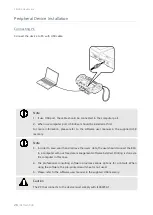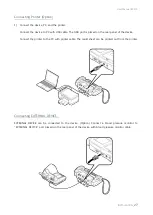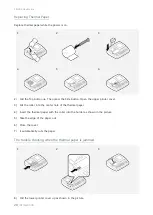
SELVAS Healthcare, Inc.
14
_ABOUT BODY COMPOSITION
Abdominal Fatness
Body fat is divided into subcutaneous fat and visceral fat. Visceral obesity is considered to be a critical risk
factor along with Percentage of body fat.
Lipoprotein lipase can be easily activated in visceral fat, and it causes visceral fat to be dissolved easily.
Dissolved visceral fat goes into liver through the blood vessel and causes fatty liver or increases lipid in
the blood. It also elevates the risk of hyperinsulinemia, hypertension, and cardiovascular disease.
Visceral fat generally occupies 10 ~ 20 % of body fat and visceral obesity is assessed based on the
indicators below.
the cross sectional fat area between L4 ~ L5 is 100 cm
2
and over
the visceral fat to subcutaneous fat ratio is 0.4 and over
the waist to hip ratio (W.H.R.) is over 0.9 (male) / 0.85 (female)
the circumference of waist is over 102 cm/45 inches (male) _ 88 cm / 35 inches (female)
Visceral fat increases after 30s in men and after Menopause in women. It is more common in men than
women and the old than the young. Visceral fat tends to increase with aging. Because the combustion
rate per minute of visceral fat is higher than that of subcutaneous fat, visceral fat can be easily reduced
by exercise or dietary control in case of abdominal obesity. W.H.R. is the ratio of waist to hip circumference
and has relation to one
’
s figure.
Segmental Analysis
This device analyzes soft lean mass, body fat mass, total body water and E.C.W./T.B.W. of five body parts;
trunk, right arm, left arm, right leg, and left leg. This function can be used as an assessment tool to
evaluate the result of exercise or rehabilitation treatment.


